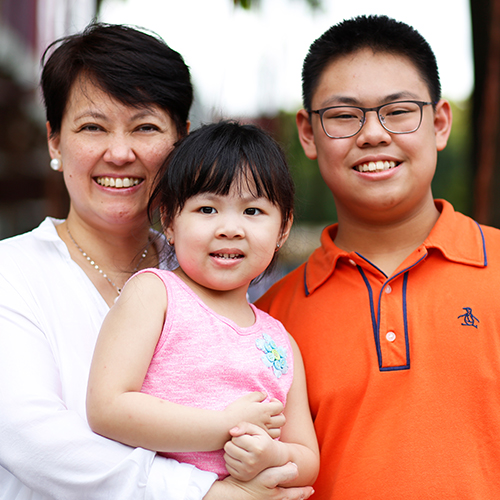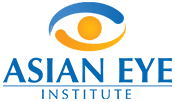
Did you know that an undiagnosed vision problem can lead to a host of other problems for a child? It can cause frequent headaches, difficulty in studying or excelling in sports, or behavioral and attention issues in the classroom. In school, 13-year old student Lucas Uson didn’t realize he had severe nearsightedness. All he knew was that he was having trouble seeing the board and constantly needed to squint to see the blackboard better. Other classmates did the same thing, so he thought what he was experiencing was all normal. When he finally got an eye exam , he found out that he had an eye grade of -4.00 on the right eye and -3.75 on the left eye.
When Lucas received his glasses, his mom, Carol, noticed the improvement immediately. On the car ride home, Lucas looked outside and exclaimed that he could read the menu of the fast food restaurant along the street. She remarks, “It was so clear to him! He hasn’t had any problem since.”
Lucas’ experience is fairly common. According to Dr. Norman Fajardo, pediatric ophthalmologist and adult strabismus specialist at Asian Eye Institute, many children suffer from blurry vision due to refractive errors – nearsightedness, farsightedness and astigmatism. Uncorrected high eye grade can cause lazy eye, an eye condition wherein the brain does not get used to see clear images. This then causes the eye to turn inward or outward.
It’s also important to note that if left unchecked, children can develop potentially blinding eye problems like retinal diseases, glaucoma and cataracts.
“When eyesight fails, children tend to be restless. They lack motivation to study and pay less attention, so they usually don’t perform well in school,” Dr. Fajardo shares, “Parents and teachers would sometimes assume that these children are lazy or have learning disabilities. What they don’t know is that it is important at this stage that they have clear vision because 80 percent of children’s learning is through their sight.”
Dr. Fajardo emphasized that parents need to know that there are different kinds of eye tests. For instance, a vision screening is no substitute for a comprehensive eye exam. “We shouldn’t rely mainly on the results of vision screenings as these are general eye tests. These can indicate presence of an eye problem but can’t exactly diagnose it. Eye screenings can be done in babies as soon as they are born, but when they turn 3, they should undergo a comprehensive eye exam.”
Most children assume everyone sees the same way they do, so they rarely complain about what they experience.
“This is why we urge parents to include comprehensive eye exams in their back-to-school checklist. Aside from knowing their children’s eye grade, it’s crucial that we check for common eye diseases and assess how their eyes work together. This will allow us to detect and address their eye problems, so they won’t get behind in school,” he explains. These days, many schools have realized the impact of poor vision on learning and now require ophthalmologist clearance as part of school requirements.
It is also important to be observant of your children’s behavior. Get their eyes checked immediately if they often sit near the TV, rub their eyes, squint or tilt their head to see better, suffer from headaches, avoid activities that require near vision like reading or doing homework, or distance vision like playing sports or have eyes that turn inward or outward.
To reduce risk of visual impairments, parents should take a proactive role in their children’s eye health. “Let’s not wait for children to exhibit warning signs. Many eye problems can be effectively treated or managed if detected early. Children are also more responsive to treatment when diagnosed early.”






